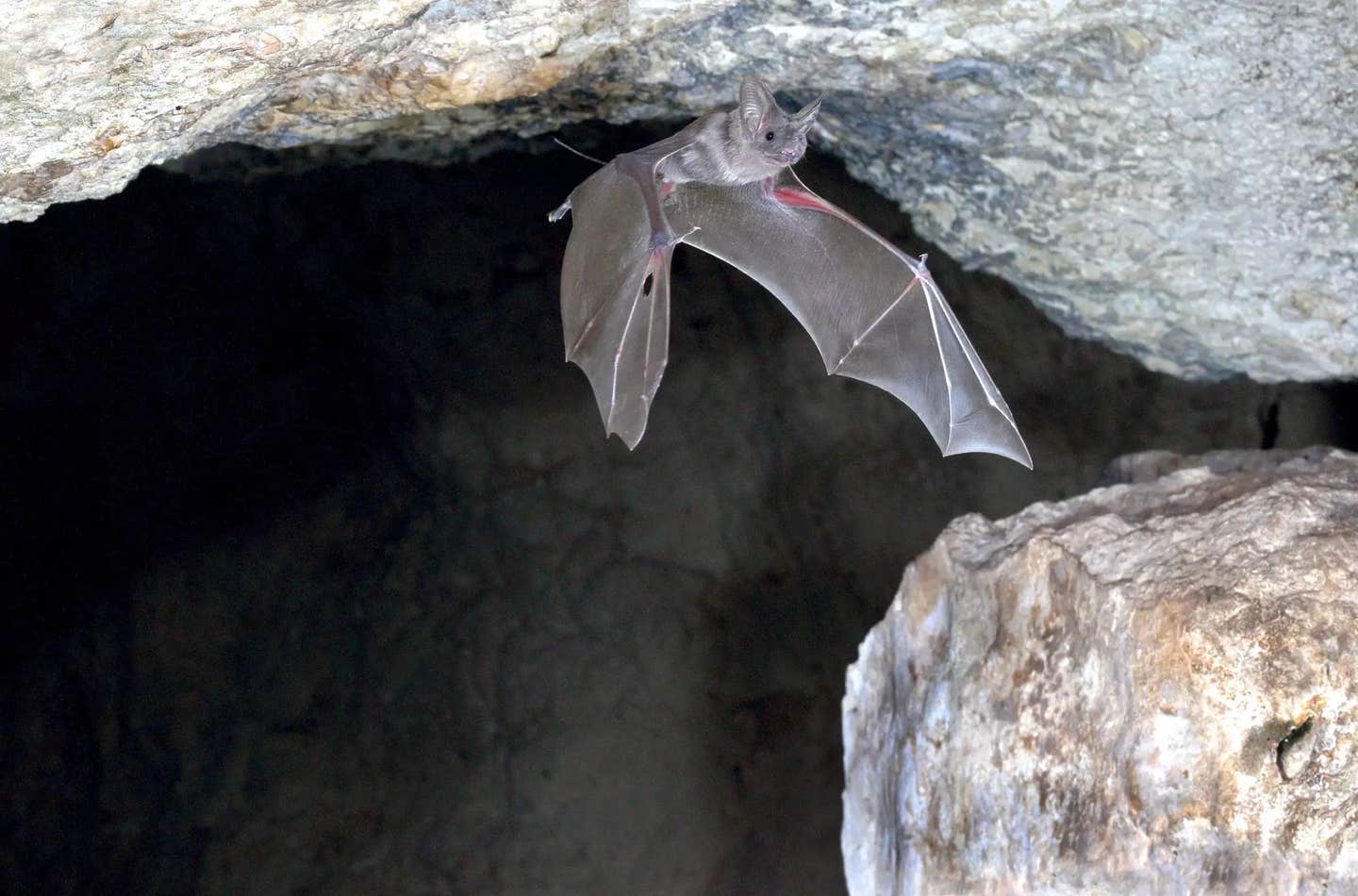Genetic mutation could prevent and protect millions from Alzheimer’s dementia
This discovery could pave the way for innovative approaches to prevent this debilitating disease that affects millions of people worldwide

[Dec. 15, 2023: JD Shavit, The Brighter Side of News]
Research has unveiled a new avenue of cell death in Alzheimer's disease and vascular dementia. (CREDIT: Creative Commons)
Alzheimer's disease, a devastating neurodegenerative condition, has long baffled scientists and clinicians alike. However, a groundbreaking study conducted by researchers at Washington University School of Medicine in St. Louis has unveiled a remarkable discovery involving a rare genetic mutation that appears to offer protection against Alzheimer's dementia.
This discovery could pave the way for innovative approaches to prevent this debilitating disease that affects millions of people worldwide.
The story begins in a large Colombian family plagued by a multi-generational history of Alzheimer's disease. For decades, this genetic affliction struck down approximately half of its members during the prime of their lives. Yet, one family member defied what had seemed to be her inevitable fate. Unlike her relatives, this woman, despite inheriting the genetic defect responsible for the early onset of dementia in her family, remained cognitively healthy well into her 70s.
The key to her resilience, researchers believe, lies in a rare variant of the APOE gene known as the Christchurch mutation. A prior study had identified that this woman carried two copies of this unique gene variant.
Related Stories
In their groundbreaking research, scientists used genetically modified mice to uncover the mechanism behind this protective effect. Their findings, published in the journal Cell, suggest a novel strategy for preventing Alzheimer's dementia.
Senior author David M. Holtzman, MD, the Barbara Burton and Reuben M. Morriss III Distinguished Professor of Neurology, emphasized the significance of this discovery, stating, "Any protective factor is very interesting because it gives us new clues to how the disease works." He further added, "If we can find a way to mimic the effects of the APOE Christchurch mutation, we may be able to stop people who already are on the path to Alzheimer's dementia from continuing down that path."
Alzheimer's disease unfolds over approximately 30 years, with the initial two decades characterized by silent accumulation of amyloid beta protein in the brain, often without noticeable symptoms. However, when amyloid levels reach a critical threshold, the disease enters its second phase, marked by multiple destructive processes. Tau protein forms tangles, brain metabolism slows, and cognitive decline becomes evident. This pattern holds true for individuals with both genetic and non-genetic forms of Alzheimer's.
Graphical abstract of the study. APOE3ch influences the microglial response to Aβ plaques, which suppresses Aβ-induced tau seeding and spreading. (CREDIT: Cell)
The Colombian families under study carry a mutation in the presenilin-1 gene, causing an unusually early and aggressive buildup of amyloid in their brains, often beginning in their 20s. This rapid amyloid accumulation pushes them over the tipping point, leading to cognitive decline in middle age. Yet, an extraordinary exception within this family was the woman who had substantially more amyloid in her brain in her 70s than her relatives did in their 40s. Remarkably, she displayed only minimal signs of brain injury and cognitive impairment.
Holtzman noted, "This woman was very, very unusual in that she had amyloid pathology but not much tau pathology and only very mild cognitive symptoms that came on late. This suggested to us that she might hold clues to this link between amyloid and tau."
A prior study in 2019 had identified that, alongside the presenilin-1 mutation, the woman also carried the Christchurch mutation in both copies of her APOE gene. However, with only one known case worldwide of this unique genetic combination, there was insufficient data to definitively attribute her resistance to Alzheimer's to the Christchurch mutation.
To unravel this mystery, Holtzman and first author Yun Chen, a graduate student, turned to genetically modified mice as a model system. They took mice predisposed to overproduce amyloid and introduced the human APOE gene with the Christchurch mutation. Subsequently, they injected a small amount of human tau into the mouse brains. Typically, introducing tau into brains already laden with amyloid triggers a pathological process, leading to tau aggregation and its spread throughout the brain.
APOE3ch enhances microglial lysosomal activity and phagocytosis of hTau fibrils. (CREDIT: Cell)
However, in mice carrying the Christchurch mutation, the outcome was markedly different. Similar to the Colombian woman, these mice developed minor tau pathology despite the presence of extensive amyloid plaques. The key differentiator in this scenario was the heightened activity of microglia, the brain's waste-disposal cells.
Microglia typically aggregate around amyloid plaques. In mice with the APOE Christchurch mutation, these microglia were exceptionally active and efficient at engulfing and eliminating tau aggregates.
Holtzman explained the significance of this finding, stating, "These microglia are taking up the tau and degrading it before tau pathology can spread effectively to the next cell. That blocked much of the downstream process; without tau pathology, you don't get neurodegeneration, atrophy, and cognitive problems. If we can mimic the effect that the mutation is having, we may be able to render amyloid accumulation harmless, or at least much less harmful, and protect people from developing cognitive impairments."
While much work remains to be done before this newfound knowledge can be translated into effective treatments or preventive measures, the discovery of the protective potential of the APOE Christchurch mutation represents a significant leap forward in our understanding of Alzheimer's pathology and opens doors to novel therapeutic strategies.
As the scientific community continues to unravel the complexities of Alzheimer's disease, the story of this Colombian family and their extraordinary genetic mutation may hold the key to a brighter future for individuals at risk of this devastating condition.
Note: Materials provided above by The Brighter Side of News. Content may be edited for style and length.
Like these kind of feel good stories? Get the Brighter Side of News' newsletter.
Joshua Shavit
Science & Technology Writer | AI and Robotics Reporter
Joshua Shavit is a Los Angeles-based science and technology writer with a passion for exploring the breakthroughs shaping the future. As a contributor to The Brighter Side of News, he focuses on positive and transformative advancements in AI, technology, physics, engineering, robotics and space science. Joshua is currently working towards a Bachelor of Science in Business Administration at the University of California, Berkeley. He combines his academic background with a talent for storytelling, making complex scientific discoveries engaging and accessible. His work highlights the innovators behind the ideas, bringing readers closer to the people driving progress.



